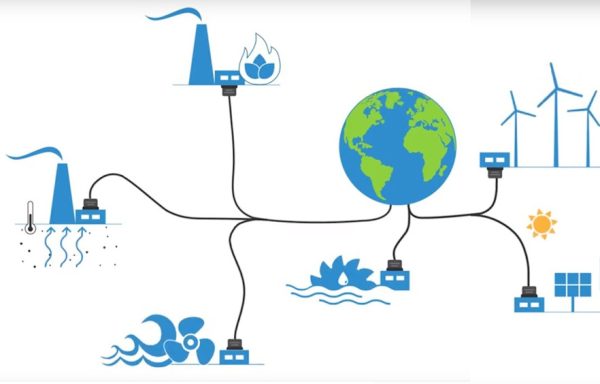
The course material aims to introduce students to the basic concepts of risk, hazard, vulnerability and resilience, in relation to the subject of natural disaster management. It also refers to the specific characteristics of the individual categories of natural disasters. Emphasis is placed on the fundamental design of disaster management at distinct stages, through a holistic and interdisciplinary approach. The graduate of the School, as the engineer with the greatest familiarity with the forces that shape and influence the earth, presents a comparative advantage in understanding natural disasters. This advantage must be enhanced by knowledge of natural disaster management, which covers the whole of the response, from the stage of prevention of a natural disaster to the restoration of the consequences.
- Basic concepts and types of risk, danger, vulnerability, resilience, ability to deal with natural disaster.
- Categories of natural disasters. Characteristics, causes, effects, socio-economic dimensions, statistics, examples from Greece and the world.
- Time phases of disaster. Stages of disaster management planning. Disaster risk management cycle: before, during and after disaster.
- Risk, vulnerability, risk assessment: qualitative, semi-quantitative and quantitative approach, deterministic and probabilistic models, mapping. Risk assessment and acceptance.
- Forecasting / prevention (land use planning etc).
- Impact preparedness and mitigation (early warning systems, contingency planning, evacuation plans).
- Response and recovery (search and rescue, evacuation, emergency assistance, disaster recovery, etc.).
- Risk perception and communication.
- Institutional framework. Stakeholders involved.
- New challenges (e.g. globalization of risk and climate change).



